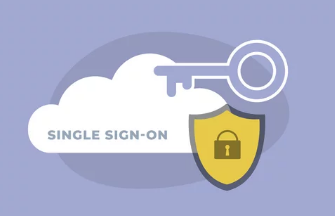In the digital age, where individuals interact with a multitude of applications and systems throughout their day, managing numerous login credentials can be cumbersome and time-consuming. Single Sign-On (SSO) presents an elegant solution to this challenge, offering a streamlined way for users to access multiple applications with a single set of login credentials.
SSO simplifies the authentication process by allowing users to log in once and access a variety of connected applications and services without the need to re-enter their credentials for each system. This approach not only enhances user convenience but also offers a more secure and efficient method for managing access to digital resources.
The key benefits of SSO include:
- Enhanced User Experience: SSO significantly improves the user experience by eliminating the need to remember and repeatedly enter various login credentials. With a single login, users can seamlessly move between different applications, expediting access and reducing friction in their digital interactions.
- Heightened Security: Centralizing user authentication through SSO enhances security by allowing organizations to enforce consistent access controls and identity management practices. This minimizes the risk of password-related vulnerabilities and enhances visibility and control over user access to connected systems.
- Simplified Management: For organizations, SSO simplifies user access management and reduces the administrative burden associated with credential management. By unifying access controls, IT departments can more effectively enforce security policies and oversee user access to a range of applications and services.
Single Sign-On (SSO) catalyzes improving user productivity and security in the digital realm. By offering a simplified and efficient means of accessing multiple applications, SSO not only enhances the user experience but also strengthens the organization’s security posture and operational efficiency. Embracing SSO as a cornerstone of digital access control enables organizations to streamline user authentication, reduce complexity, and elevate the overall digital experience for staff and customers alike.
